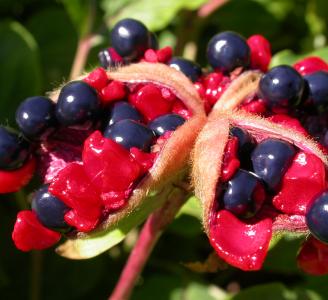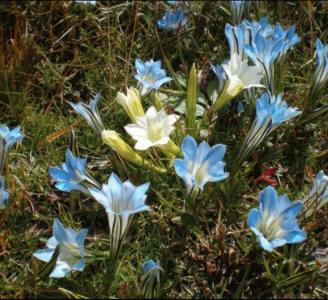How to Create Clay Crevices in Rock Gardens from Esther Wrightman on Vimeo.
This is the the movie clip that was embedded in my presentation which many you may have seen in the last year at various rock garden society meetings. It illustrates how to make a clay crevice within your garden for alpine plants - in this case I am using a split tufa rock.
For…





